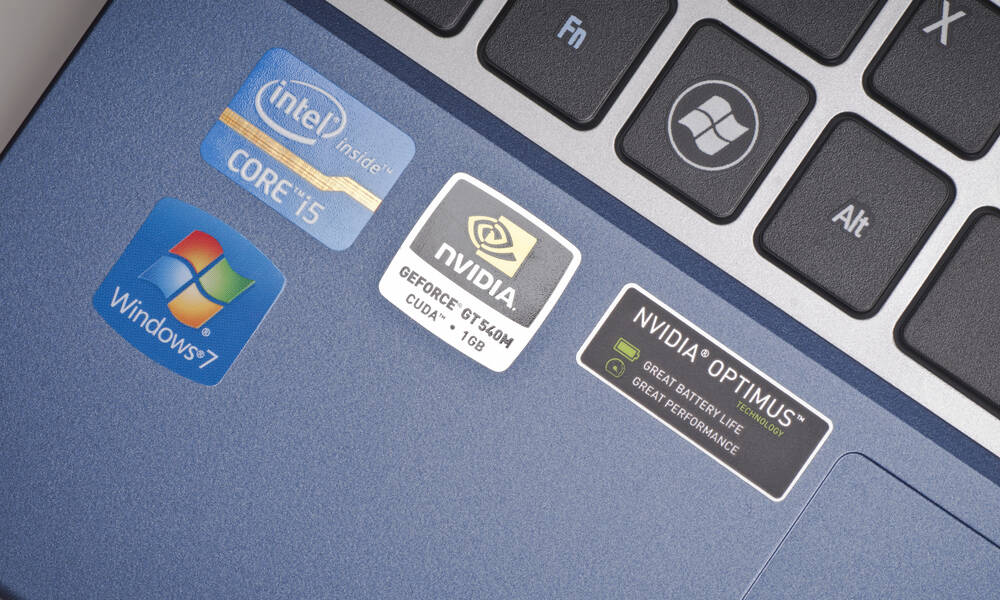
Crossroads: What Windows 7 Laggards Should Do Next
If your association let the end-of-support date for Windows 7 blow past, you might need one of these four fixes. And it might be time to consider another strategy for dealing with legacy operating systems.
Stop me if you’ve heard this one before: A popular, long-running version of Windows is no longer being supported by Microsoft, and a significant chunk of the internet is still using it—even in the enterprise.
This is a problem that first cropped up six years ago, as Microsoft stopped supporting Windows XP, and now it’s here again, thanks to the wind-down of the Windows 7 support cycle last week. Despite not getting any major updates in nine years, the software remains hugely popular, with a 26.79 percent global market share, according to StatCounter—well above any other Windows version barring Windows 10, which has slightly more than 65 percent of the market. (In the U.S., the percentages are 17.91 percent and 75.42 percent, respectively.) The good news is that the market share is falling sharply, especially in developed countries in North America and Europe.
But if your users are still using outdated Windows-based machines at this point, your association likely fits into a handful of specific use cases. Read on for some thoughts on how to move forward if you have some Windows 7 machines hanging around, still in use.
If any of these situations sound like yours, you have my sympathies.
The Isolated Task
The problem. Maybe it’s a tool you need for something very technical, like prepress, data analysis, or video production. Perhaps it’s a custom piece of software that would be too costly to upgrade or is tied to a piece of hardware that doesn’t allow for easy upgrades. And while it’s not ideal to stick with an old version of Windows, it’s more important to keep that old piece of software or hardware functioning.
The solution. Beyond reading up on the concept of technical debt, I would recommend taking steps to isolate the dated technical tool so it’s available, but it doesn’t prevent future operating system upgrades. One way to do this would be through a virtual machine, which might be the best option for a more lightweight app. Another method, better suited for high-end computing approaches, would involve keeping the current machine active—but disconnecting it from the internet and avoiding administrator access.
The Outdated Fleet
The problem. Your organization stuck with Windows 7 for far longer than it should have because employees were resistant to Windows 10—understandable, because not everyone likes upgrading—or you couldn’t sell a technical upgrade to the board. (Maybe that whole upgrade-every-three-years strategy has gone unheeded.) But while this approach worked for a while, you’re now stuck with a bunch of machines that are completely out of date.
The solution. If you’re an IT pro, you should take advantage of this moment to make a case for digital transformation. It’s not just you faced with this dilemma—it’s everyone. “In short, there is a significant drive for millions of enterprise Microsoft users towards cloud-based solutions, a driver that not only solves the end-of-life challenge, but also offers significant opportunities for valuable digital transformation of business processes,” Steve Bennett writes at ITProPortal. This might be your opportunity to upgrade not just the operating system but the paradigm for your end users.
The Lightweight User
The problem. With jobs that mostly include simple apps such as word processing, some employees’ work has increasingly moved into their web browser, as tools such as Google Suite and Slack have taken over. Maybe they once had to dive into the association management system when it was in a custom application, but that’s now web-based, too. They haven’t gotten an upgrade lately because, well, they don’t really need one. But Windows 7 has—finally—forced the issue.
The solution. Nothing is stopping you from upgrading this user to Windows 10, but it might be worth asking: Would they be better off with something even more lightweight, like a Chromebook? Recent models of the Chrome OS devices, including a couple made by Dell, have been designed with corporate enterprise users in mind. If you’d like to avoid the major upgrades for a class of users that doesn’t need more than a web browser, it could be the way to go. (Similarly, some see Apple and Linux in a position to benefit from upgrade concerns.)
The Custom Setup
The problem. Your organization has a specific custom setup built around Windows 7, and that makes it difficult to move away from the operating system. It would cost more to upgrade than to bite the bullet and batten down the hatches.
The solution. This is why Microsoft charges large corporations money to continue supporting versions of Windows past their sell-by date. (It’s not cheap.) If you’re not plotting out your upgrade already, make sure your next setup is as standard as possible—as that will make it easier to upgrade and maintain in the long run. It’s 2020. Let the custom stuff live on the cloud.
Any Windows 7 upgrade stories you’d like to share? Throw them in the comments. And to those upgrading: May the odds be ever in your favor.
(troyek/iStock Unreleased/Getty Images Plus)






Comments